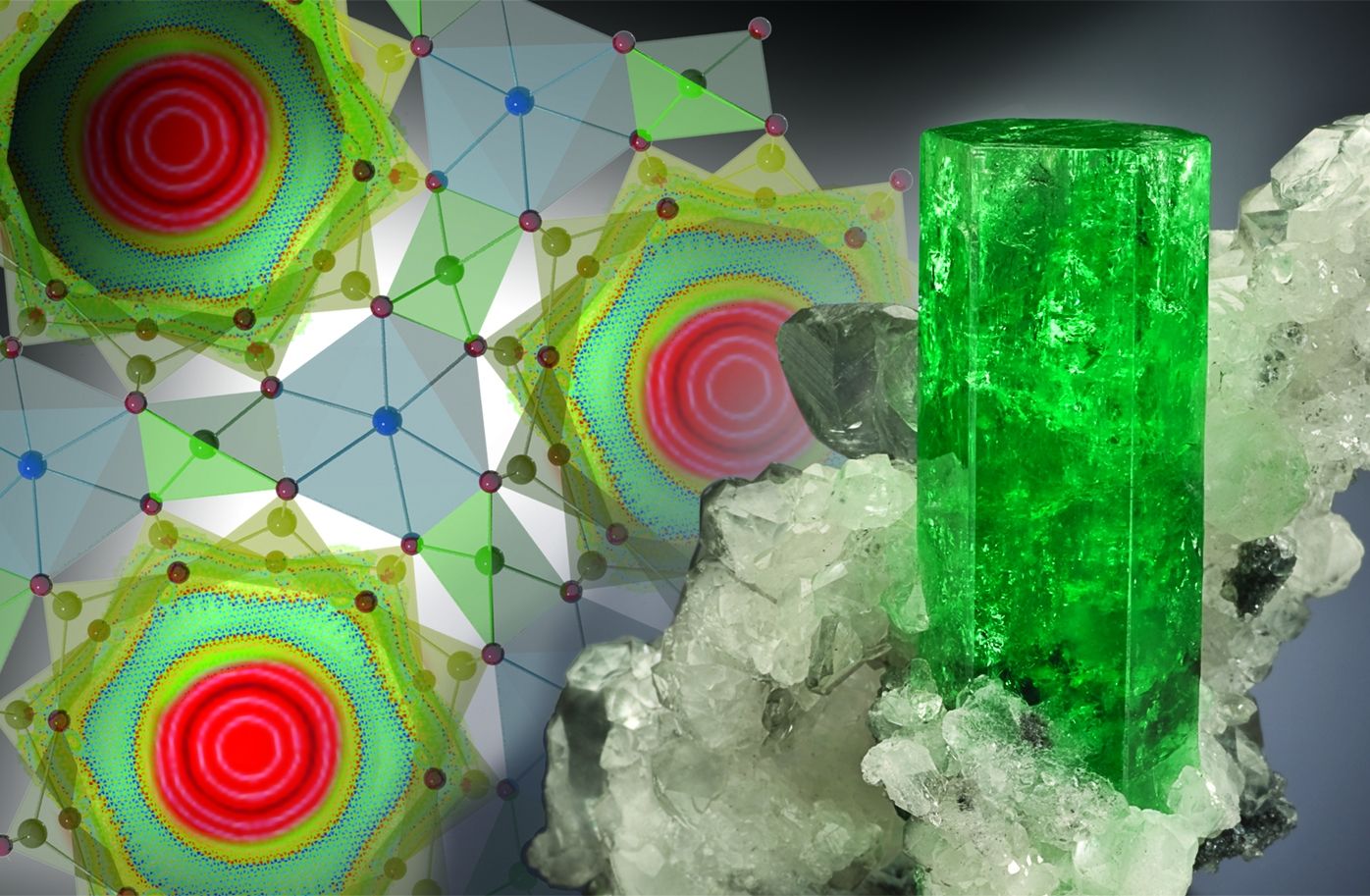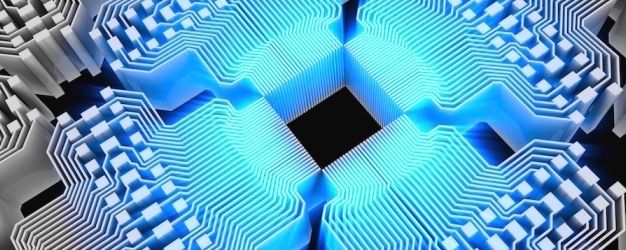Quantum-computer whiz riffs on simulated universes, the Singularity, unified theories, P/NP, the mind-body problem, free will, why there’s something rather than nothing, and more.
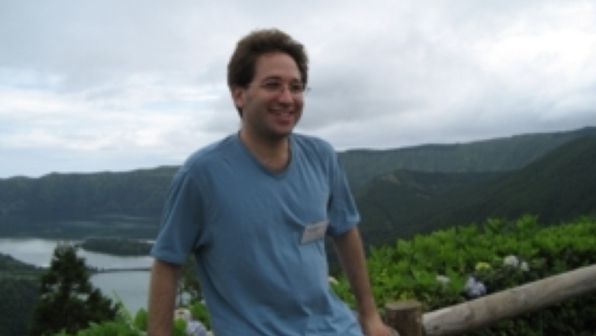


For almost a year I have shared how Quantum technology will take AI to a new level. This article highlights the benefits of Quantum in AI.
Scott Crowder of IBM discusses the technologies and data infrastructure that will be required to drive the cognitive computing and artificial intelligence systems of the near future.
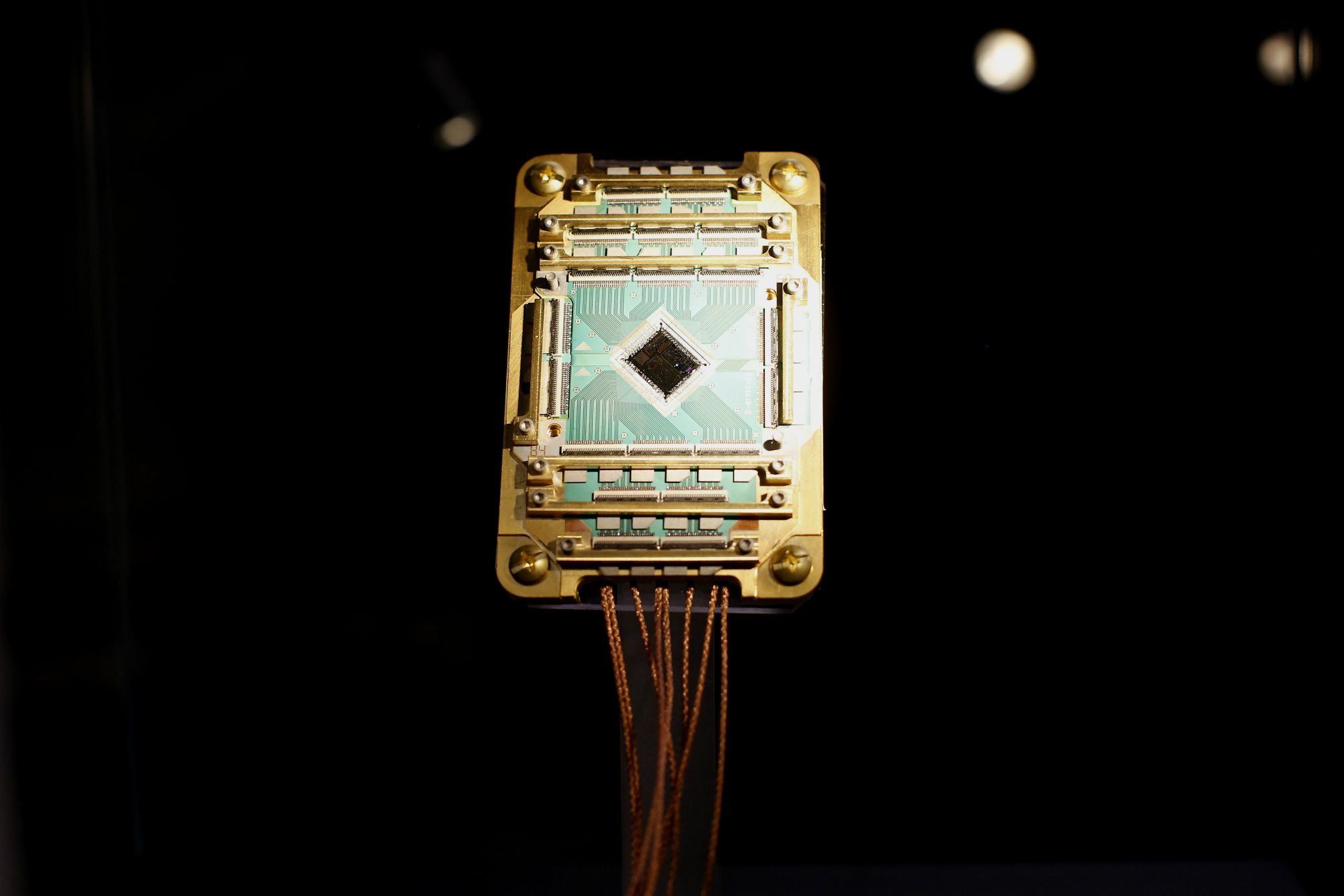
Nice
Quantum computers have been hailed for their revolutionary potential in everything from space exploration to cancer treatment, so it might not come as a surprise that Europe is betting big on the ultra-powerful machines.
A new €1 billion ($1.13 billion) project has been announced by the European Commission aimed at developing quantum technologies over the next 10 years and placing Europe at the forefront of “the second quantum revolution.”
The Quantum Flagship announced will be similar in size, time scale and ambition as the EC’s other ongoing Flagship projects: the Graphene Flagship and the Human Brain Project. As well as quantum computers, the initiative will aim to address other aspects of quantum technologies, including quantum secure communication, quantum sensing and quantum simulation.
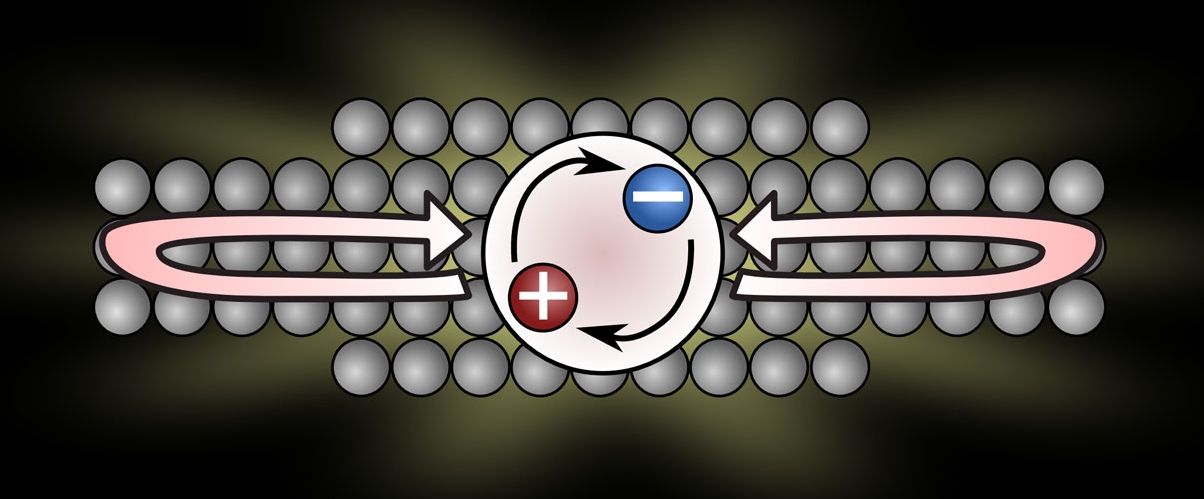
A new method to create light while retaining the energy using Q-Dot technology.
All light sources work by absorbing energy – for example, from an electric current – and emit energy as light. But the energy can also be lost as heat and it is therefore important that the light sources emit the light as quickly as possible, before the energy is lost as heat. Superfast light sources can be used, for example, in laser lights, LED lights and in single-photon light sources for quantum technology. New research results from the Niels Bohr Institute show that light sources can be made much faster by using a principle that was predicted theoretically in 1954. The results are published in the scientific journal, Physical Review Letters.
Researchers at the Niels Bohr Institute are working with quantum dots, which are a kind of artificial atom that can be incorporated into optical chips. In a quantum dot, an electron can be excited (i.e. jump up), for example, by shining a light on it with a laser and the electron leaves a ‘hole’. The stronger the interaction between light and matter, the faster the electron decays back into the hole and the faster the light is emitted.
But the interaction between light and matter is naturally very weak and it makes the light sources very slow to emit light and this can reduce energy efficiency. Already in 1954, the physicist Robert Dicke predicted that the interaction between light and matter could be increased by having a number of atoms that ‘share’ the excited state in a quantum superposition.
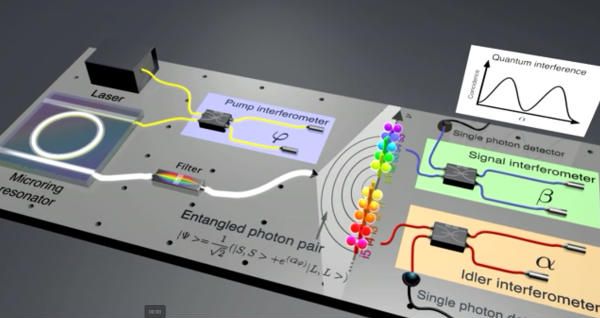
Change is good; looks like we’re about to re-review some existing simulation codes around Quantum Mechanic Simulation.
Researchers show that new generations of quantum mechanical simulation codes agree better than earlier generations’. The study appears in Science.
Several international scientists from over 30 universities and institutes teamed to investigate to what extent quantum simulations of material properties agree when they are performed by different researchers and with different software. Torbjörn Björkman from Åbo Akademi participated from Finland. Björkman has previously worked at COMP Centre of Excellende at Aalto University. “A group of researchers compared the codes, and the results we got were more precise than in any other calculations before,” he said.
The possibility to produce identical results in independent yet identical researches is a corner stone of science. Only in this way science can identify ‘laws’, which lead to new insights and new technologies. However, several recent studies have pointed out that such reproducibility does not always come spontaneously. Even predictions by computer codes require caution, since the way in which theoretical models are implemented may affect simulation results.
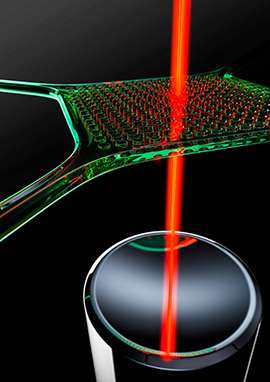
Turning on Quantum properties onto a cup of coffee. First step; should be interesting in what researchers discover especially around teleporting. Imaging you’re Dominos pizza with a teleport hub and customer orders a pizza. No longer need a self driving car, or drone; with this technology Dominos can teleport your hot fresh pizza to your house immediately after it is out of the oven.
Small objects like electrons and atoms behave according to quantum mechanics, with quantum effects like superposition, entanglement and teleportation. One of the most intriguing questions in modern science is if large objects – like a coffee cup — could also show this behavior. Scientists at the TU Delft have taken the next step towards observing quantum effects at everyday temperatures in large objects. They created a highly reflective membrane, visible to the naked eye, that can vibrate with hardly any energy loss at room temperature. The membrane is a promising candidate to research quantum mechanics in large objects.
The team has reported their results in Physical Review Letters.
Swing
“Imagine you’re given a single push on a playground swing. Now imagine this single push allows you to gleefully swing non-stop for nearly a decade. We have created a millimeter-sized version of such a swing on a silicon chip”, says prof. Simon Gröblacher of the Kavli Institute of Nanoscience at the TU Delft.
